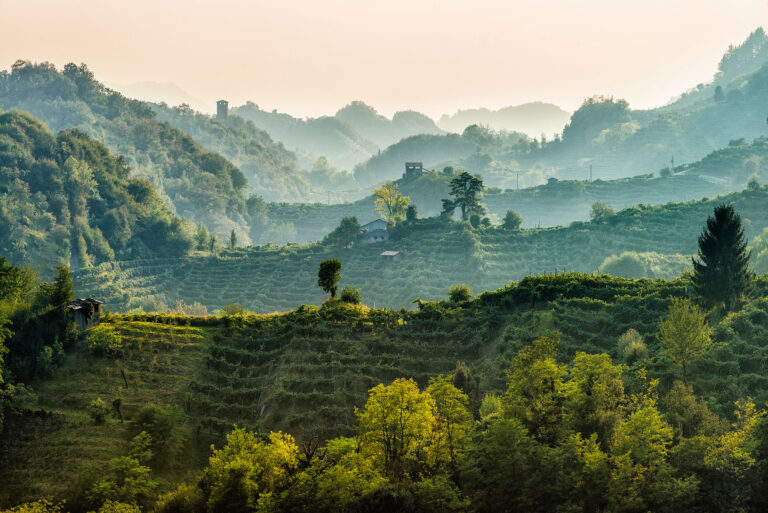When one thinks of Jesolo, images of crowded beaches, streets lined with shops and cafes, vibrant nightlife, and tourists from all over the world come to mind. However, the modern, cutting-edge Jesolo that we know today has roots in a very ancient history. The name Jesolo actually derives from the Latin word Equilium, which in turn comes from Equus, meaning “horse,” due to the area’s long-standing tradition of horse breeding and trade. This settlement existed as far back as the Roman era. The transition from Equilium to Iesulum and finally to Jesolo is simply the result of linguistic evolution, as the spoken language gradually shifted from Latin to the vernacular, following the fall of the Roman Empire.

During the era of barbarian invasions, Jesolo began to gain increasing importance as it became a refuge for the people of Oderzo, the ancient Opitergium, who were threatened in 667 by the Lombard king Grimoldo, who sought to destroy it. In the 9th century, the Franks managed to sack Jesolo, initiating a period of decline due to frequent barbarian raids and wars between city-states.
A crucial moment in Jesolo’s history came during the time of the Republic of Venice. Starting in the 13th century, Jesolo became part of Venice’s vast commercial and political network. During this period, the city was equipped with new infrastructure and fortifications, becoming a renowned port and a center of economic exchange. Venetian rule also led to a period of cultural and artistic growth, making Jesolo a reference point for art and architecture. With the fall of the Serenissima, another period of decline began, which lasted until the 20th century when Jesolo was revalued as a seaside resort.

Jesolo’s transformation into a renowned tourist destination began in the 1950s and 1960s when the city invested in tourist infrastructure and promoted its long, golden beach. This development led to rapid expansion and the creation of numerous hotels, restaurants, and attractions that today draw millions of visitors each year.
© Marcadoc editorial team | 22/08/2024




